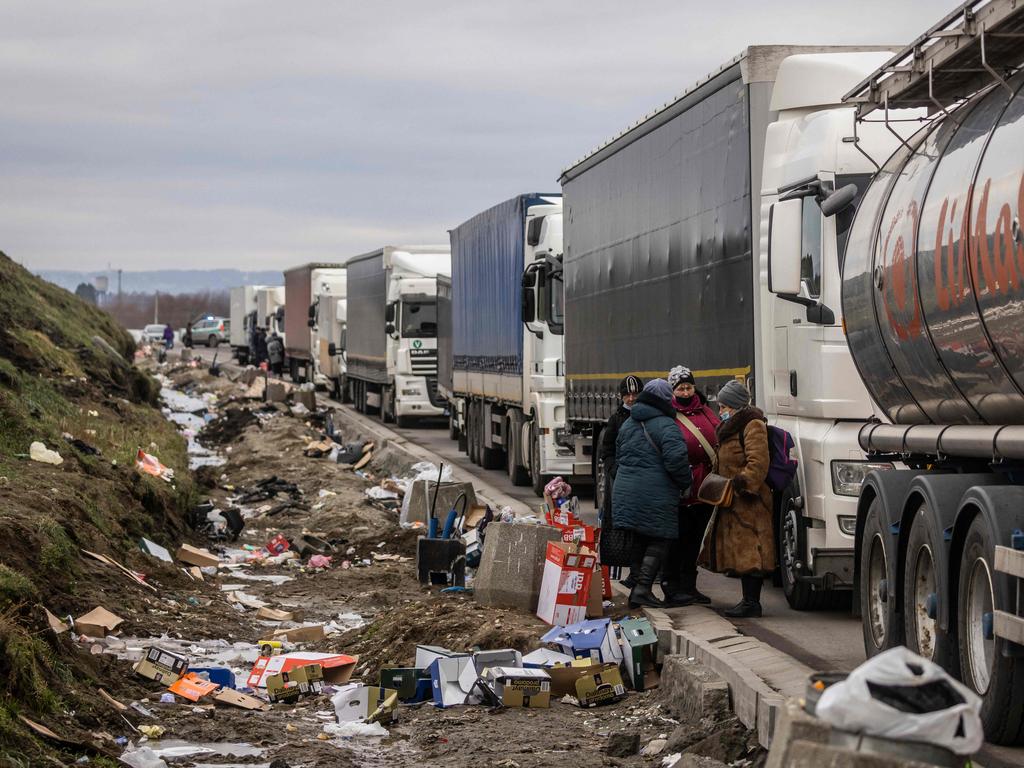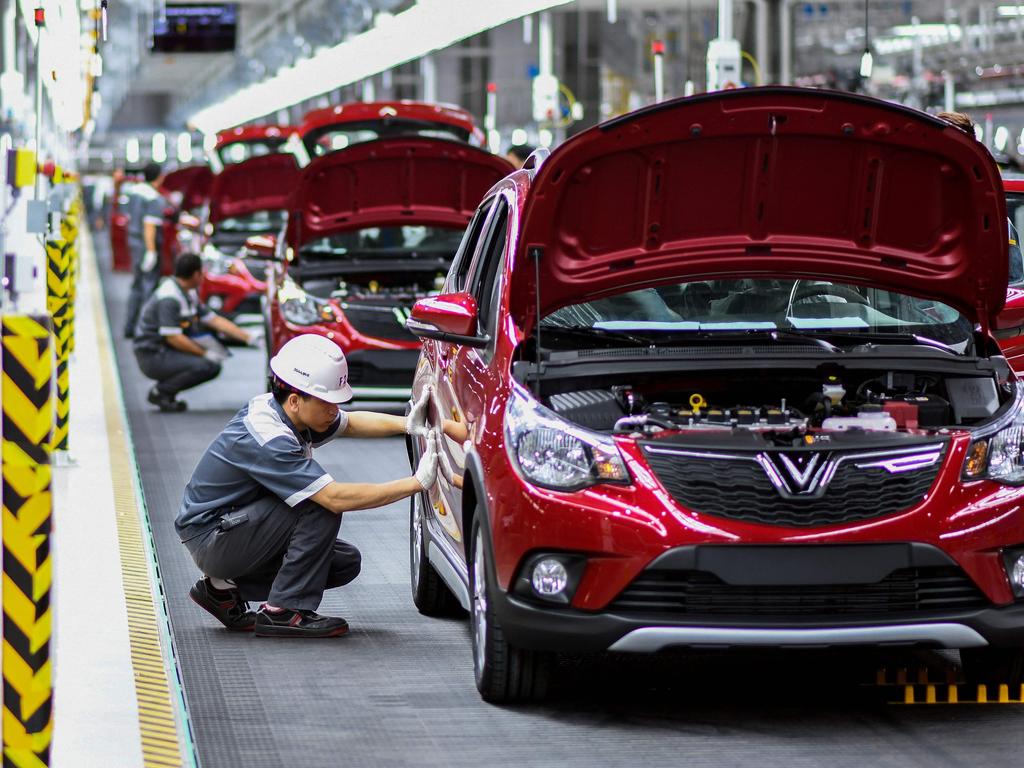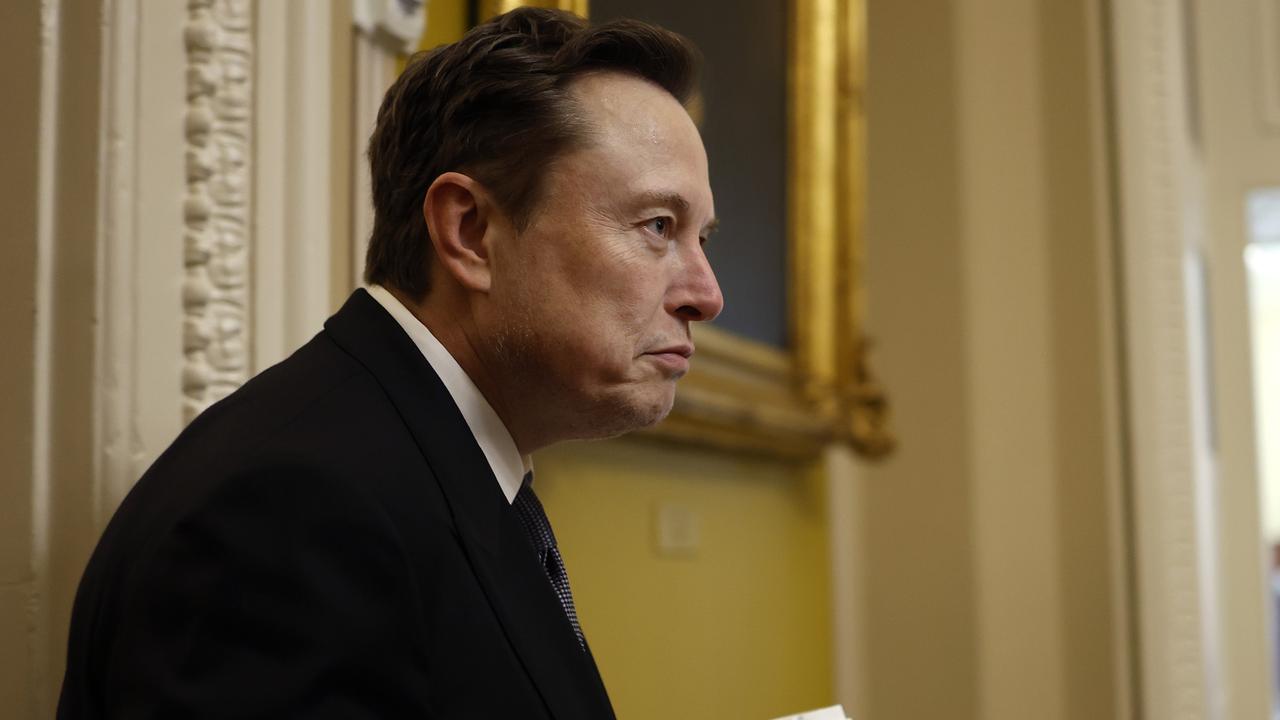Car prices expected to remain elevated in 2022, prolonging buyer pain
Prices levelling, not dropping, amid predictions the new and used car shortage will last into next year.
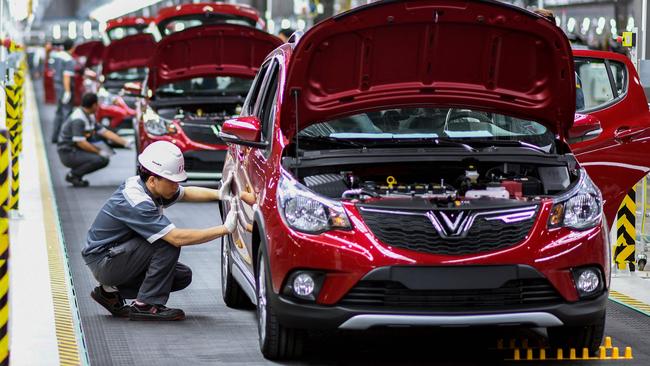
Consumers looking for some pricing relief on the dealership lot are going to have to wait, with the car shortage likely to last through the year and into next, auto-industry leaders predicted.
Car-company executives gathered at the New York International Auto Show painted a gloomy picture of the inventory constraints that will continue to affect availability for both new and used cars throughout 2022.
While car prices are easing off their record levels, they remain higher than normal. That isn’t expected to change because of depleted car lots, strong consumer demand and lower factory output.
Even if the computer-chip shortage and other supply-chain problems that have hobbled auto-assembly plants since early 2021 subside this year – which isn’t expected – the backlog of consumer demand is likely to keep car inventories near historic lows, according to executives and analysts.
Chip shortage
“This could take years” before dealership stocks recover, said Steve Center, operations chief for Kia’s U.S. business. “You won’t see incentives, because we’re still going to be selling everything we can make.” Auto makers entered this year optimistic that the chip shortage would gradually abate. But it continues to sporadically limit vehicle production globally, along with other disruptions, from the war in Ukraine to Covid-19 restrictions in China.
Soaring car prices over the past year have been a prominent sign of broader inflationary pressure on U.S. consumers. In March, U.S. inflation surged to a new four-decade high of 8.5%, driven by higher energy and food costs, supply constraints and strong consumer demand, according to the Labor Department.
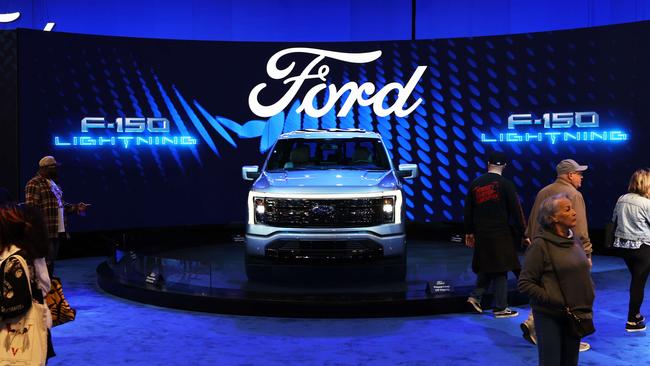
Concern about inflation was a discussion topic at the auto show, which resumed following a two-year hiatus resulting from the Covid-19 pandemic.
The media preview of the event was more subdued than in years past, with fewer car companies attending and a smaller line-up of splashy model unveilings. Manufacturers touted their small but growing electric-car line-ups, including Hyundai Motor Co., which constructed an indoor test track for attendees to zip around.
Even with car companies trying to generate buzz regarding new showroom offerings, an extended period of low inventory is continuing to leave car shoppers with few good alternatives and keep prices high.
Levelling off
After surging to record highs, the amount Americans have been paying for new vehicles showed some signs of levelling off in recent months. In March, the average transaction price — or the out-the-door price paid – declined slightly for the third straight month, to about $43,700, according to J.D. Power.
Still, it is about 26% higher than before the pandemic, when the average transaction price hit $34,600 at the end of 2019, the research firm has reported.
Used-vehicle prices, having eased in recent months, are still near record highs. Vehicle leases, historically a way for consumers to get new wheels for a lower monthly payment than under a financed purchase, have become less attractive as car companies pull back promotional terms.
For now, auto executives and dealers said, new-vehicle demand remains strong, despite rising interest rates and higher gasoline prices. So many people are seeking new cars that auto companies expect there will be buyers for all the vehicles they can produce through at least 2022, the auto executives and dealers said.
“There’s still plenty of pent-up demand,” said Michael Colleran, head of sales and marketing for Nissan Motor Co. in the U.S.
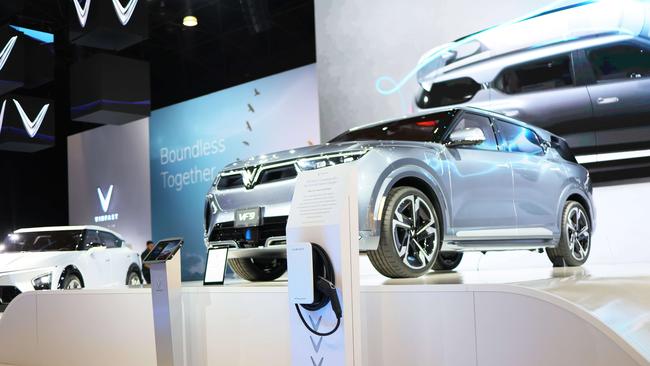
There were about 1.2 million new vehicles on dealership lots or en route to stores at the end of March, about half the amount from a year earlier and roughly one-third of prepandemic norms, according to the research firm Wards Intelligence.
The lack of alternatives has led more buyers to order vehicles and often wait weeks or months for delivery. Meanwhile, cars that arrive without a buyer’s name attached are snatched up quickly because many salespeople are keeping their own lists of shoppers, according to dealers.
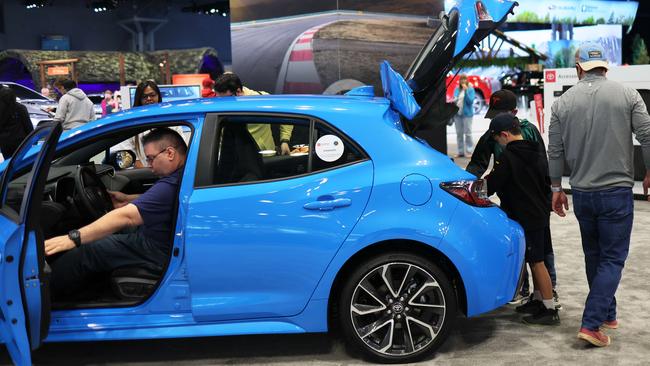
Chris Hemmersmeier, a dealer, said most vehicles that are unloaded at his 10 dealerships in Utah, Arizona and Nevada arrive pre-sold. He said there is built-in customer demand that should last several months, although he worries that rising interest rates or tumbling used-car values could eventually sap pricing and weaken sales.
Some car companies have raised sticker prices in recent months. But the bigger boost to their bottom lines, according to analysts, has come from sharply reducing the discounts and other financial incentives that have long been used in the car business to compete for market share.
BMW AG has raised prices recently in response to inflationary pressure across its business, said Pieter Nota, BMW’s head of worldwide sales. So far that hasn’t fazed buyers, he said.
Trade-in trade-off
“The customer is absorbing that,” he said. “We see no sign of a cooling off of that demand.” The protracted dearth of inventory means that consumers will continue to confront dealer mark-ups, or charges beyond the manufacturer’s suggested retail price, company executives said.
Those car shoppers who have vehicles to trade in are benefiting from lofty used-car valuations. In the first quarter, buyers got an average of about $9,300 for their trade-ins, 81% more than the average from a year earlier, according to J.D. Power.
The seller’s market has been a boon to car dealers. The average dealership profit on a new car, including financing and insurance products related to the sale, was about $5,000 in the first quarter, more than double a year earlier, according to J.D. Power.
“It’s a tough time to buy a car,” said Toyota Motor Corp.’s North America sales chief, Bob Carter. “But it’s a great time to be in the car business.”
Wall Street Journal

